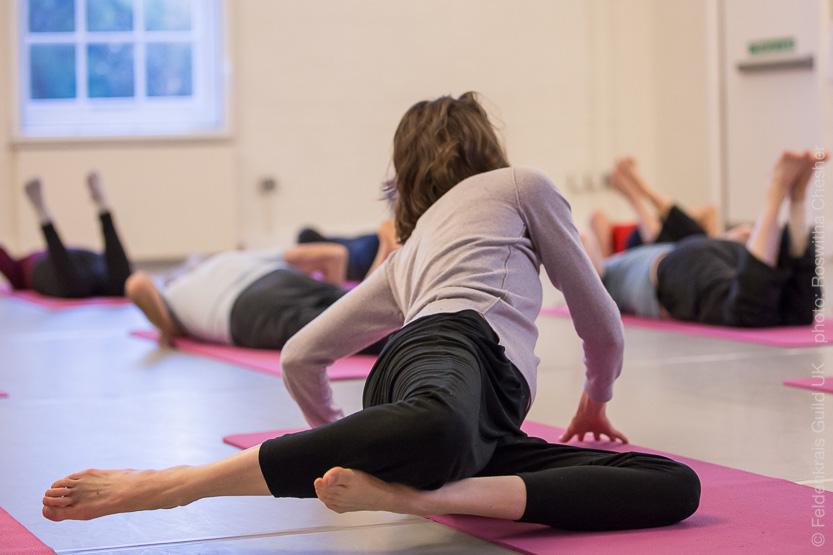Effortless Feldenkrais


Maggy Burrowes here!
Welcome to my brand new website, celebrating the theme of Effortless Being – exploring Feldenkrais as the ideal route into Taoist Wu Wei and the art of not doing!
Effortlessness as a Daily Practice with Feldenkrais
I have a mission to open as many eyes as possible to the potential for the Feldenkrais Method to make a real difference to how we live and learn and grow throughout our lives. It can feel a little like an uphill battle sometimes. We are all familiar with the concept of practice, ‘practice makes perfect’ is a well-worn ( and rather optimistic) phrase – but the majority of us are too busy to easily introduce a regular practice into our lives, and traditionally having a daily ‘practice’ is associated with spiritual commitment rather than personal development. Most of us are aware that we cannot expect much change in our lives without some sort of commitment, and if we are lucky enough to have time and space for self-improvement then we are probably already feeling guilty about all the things we would love to be doing for our own betterment if only we were less busy/less tired/less stressed. I am sure I am not the only one with a neglected instrument hanging on the wall and an enormous pile of unread books. For you your greatest source of guilt and/or frustration may be the lapsed gym membership or the unfinished magnum opus.
Feldenkrais is a practice, a skill, and an art. The more regularly you engage with the various elements of the process, the more skilled you become in ‘doing Feldenkrais’ and you can begin to develop the the deeper understanding that matures over time into true ‘artistry’. Of course art is a somewhat loaded term; I would suggest that you are ready to practice the art of Feldenkrais when you recognise the presence of some habitual pattern that is no longer of any benefit to you are you are able to change your approach effectively in a way that makes your life better in some way. This can be something very simple at first. For me it was realising that moving in a particular way could reverse an oncoming sciatic attack, and over the years this has become a more generalised understanding that it is indeed the way of moving rather than the sequence of movements that is making the most difference. Yes, swinging my hips a little more as I walk remains a reliable therapeutic tool, however I now realise how important it is that I know how to move lightly, softly, fluidly, with ease, and without force. I do not push against resistance and that one behavioural strategy is perhaps the most powerful tool in my collection.
Follow Us
maggy.burrowes8@virginmedia.com
Address
126B Drakefell Road,
London,
SE14 5SQ